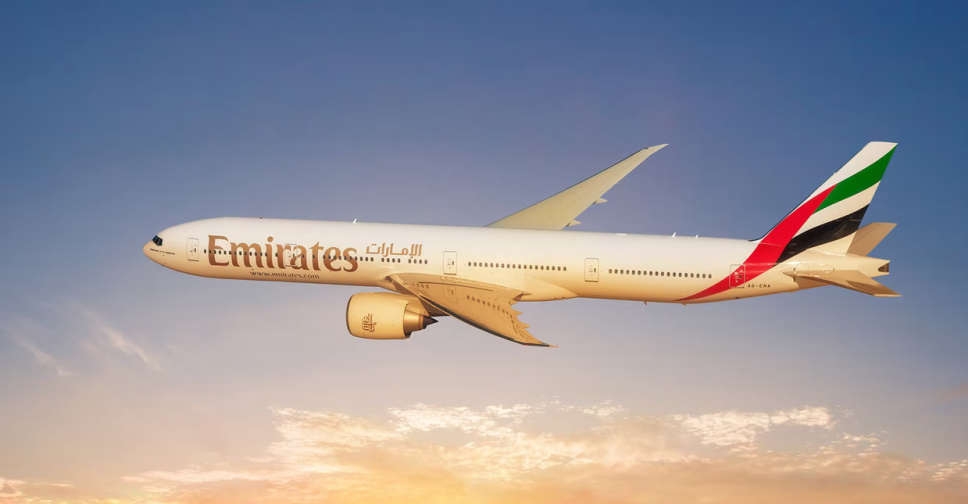
Boeing Co. said that Middle East airlines account for 30% of its backlog for widebody planes and predicted the region’s carriers will vie with Asia as the biggest purchaser of such planes, even with a population that’s ten times smaller. Emirates, Qatar Airways Ltd., and Etihad Airways PJSC of Abu Dhabi have been growing at a far quicker pace than their rivals in Europe or the US as they take advantage of international aviation law that allows them to carry passengers from one geographic region through the carrier’s home market into another area. For example, Emirates can carry passengers to India from Europe through Dubai under the so-called “sixth freedom rights.” In using their hubs in Dubai, Doha and Abu Dhabi, Gulf carriers have exploited a natural geographic advantage to tap traffic flows to Asia from Europe and from Asia to Europe and the US Emirates now ranks as the No. 1 transporter of international passengers, though as recently as 2000 it was ranked 24th among international airlines. “There’s no question they’ve built very successful business models around that, moving passengers from south- and southeast Asia into the Middle East and distributing them into other markets, primarily Europe,” said Randy Tinseth, head of marketing for Boeing’s commercial aircraft division. “The majority of wide-bodies are going to carriers using sixth freedom rights, they’ve built very successful business models, and frankly we just don’t see that changing.” American Airlines Group Inc., Delta Air Lines Inc. and United Continental Holdings Inc. have asked the US to reopen aviation-treaty talks with the United Arab Emirates and Qatar on grounds that Emirates, Etihad and Qatar Airways get improper government subsidies. European carriers Air France KLM Group and Deutsche Lufthansa AG have all expressed concern about the pace of growth among Mideast carriers. (By Andrea Rothman and Deena Kamel Yousef/Bloomberg)


 Netflix shares jump as subscribers surge
Netflix shares jump as subscribers surge
 Economy Minister highlights UAE's business ecosystem at Davos 2025
Economy Minister highlights UAE's business ecosystem at Davos 2025
 ADNOC Distribution expands service station solar power project
ADNOC Distribution expands service station solar power project
 Emirates cancels Houston flights due to severe weather
Emirates cancels Houston flights due to severe weather
